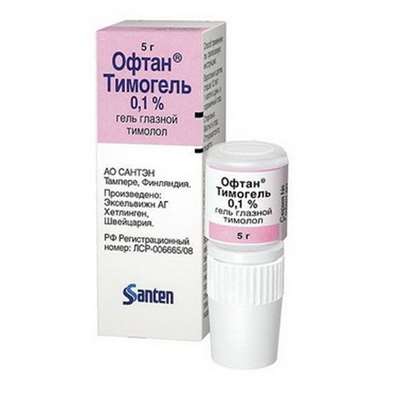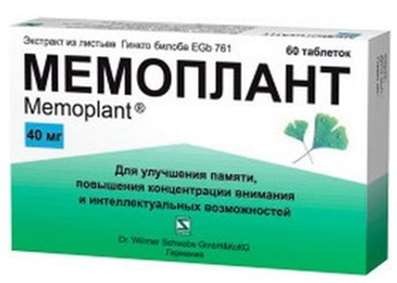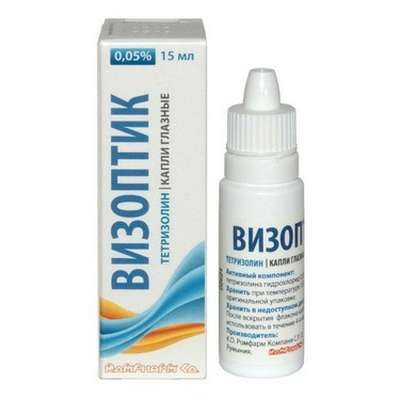Instruction for use: Dinoprostone
I want this, give me price
The Latin name of the substance Dinoprostone
Dinoprostonum (genus. Dinoprostoni)
Chemical name
(5Z, 11alpha, 13E, 15S) -11,15-Dihydroxy-9-oxoprosta-5,13-dien-1-oic acid
Gross Formula
C20H32O5
Pharmacological groups:
Uterotonics
Prostaglandins, thromboxanes, leukotrienes and their antagonists
The nosological classification (ICD-10)
O83.9 Obstetrical allowance for single-childbirth, unspecified: Induction of labor; Childbirth
CAS Code
363-24-6
Characteristics of the substance Dinoprostone
White or almost white crystalline powder. Soluble in alcohol, in alcohol solutions, it is difficult to be soluble in water. Molecular weight 352.5.
Pharmacology
Pharmacological action - uterotonizing.
Refers to prostaglandins - PGE2. Has a stimulating effect on the contractile activity and tone of the myometrium, modulates the reaction of internal organs to various hormonal effects, causes rhythmic contractions of the pregnant uterus at any period of pregnancy (sensitivity is higher in the last trimester of pregnancy). With topical application reduces the smooth muscle of the uterus and increases its blood supply, promotes softening, smoothing and opening of the cervix and stimulates contractions of smooth muscles.
Rapidly metabolized in various tissues, especially in the lungs, as well as in the liver and kidneys. It is excreted mainly by the kidneys in the form of metabolites.
Application of the substance Dinoprostone
Stimulation of cervical ripening, induction of labor in women with full or almost full pregnancy.
Contraindications
Hypersensitivity, 6 or more preterm pregnancies in history, caesarean section or large surgical interventions on the uterus (in the anamnesis), difficult and / or traumatic births (in the anamnesis), previous fetal distress, mismatch of the pelvis of the mother and fetal head, spotting from the genital Ways of unspecified nature during pregnancy, infection of the lower genital tract, abnormal position of the fetus, revealed fetal bladder.
Restrictions on the use
Bronchial asthma, glaucoma or ophthalmic hypertension, arterial hypertension, cardiovascular disease, epilepsy, impaired hepatic and / or renal function.
Application in pregnancy and lactation
In experimental studies on animals, prostaglandin E2 causes an increase in skeletal anomalies in the offspring of rats and rabbits. The embryotoxicity of dinoprostone in rats and rabbits is shown. Any dose of the drug, which causes a prolonged increase in the tone of the uterus, poses a certain risk for the embryo or fetus.
The action category for fetus by FDA is C.
Prostaglandins are excreted in breast milk in very small amounts.
Side effects of Dinoprostone
On the part of the genitourinary system: hypertension of the uterus, tetanic contractions of the uterus (increased frequency, tone of the uterus or duration of contractions), rupture of the uterus.
On the part of the intestine: nausea, vomiting, diarrhea.
Other: hot flushes to the face, trembling, fever, leukocytosis, back pain. Influence on the fetus - distress syndrome of the fetus / change in the frequency of fetal heartbeats, fetal compression, asphyxia.
Interaction
Strengthens the effect of oxytocin.
Overdose
Symptoms: significant increase and increase in uterine contractions, fetal distress.
Treatment: iv introduction of beta-adrenomimetics; With inefficiency - rapid delivery.
In case of an overdose of the gel: the drug must be removed from the vagina, placing the patient in a position reclining on its side; Shows the use of oxygen.
Routes of administration
Intravaginal, endocervical.
Precautions for the substance Dinoprostone
Dinoprostone is intended for use only in a hospital. Before using for induction of labor, it is necessary to carefully evaluate the compliance of the pelvis and fetal head dimensions; During labor, it is necessary to carefully monitor the uterine activity, the course of maturation and opening of the cervix, the fetus. If there is a history of hypertensive or tetanic uterine contractions, control the activity of the uterus and the status of the fetus during the entire period of induced labor. If the patient retains high-grade contractions, the possibility of uterine rupture should be considered.
In women older than 35 years with complications that occurred during pregnancy, as well as with a gestation period of more than 40 weeks, there is an increased risk of postpartum disseminated intravascular coagulation, so use of dinoprostone in such patients should be carried out with caution. Immediately after childbirth (as soon as possible), it is necessary to determine whether the patient does not have a risk of developing fibrinolysis.
When applied in the form of a gel, care should be taken not to introduce a gel above the level of the internal pharynx into the extraamniosic space (hyperstimulation of the uterus is possible).

 Cart
Cart





